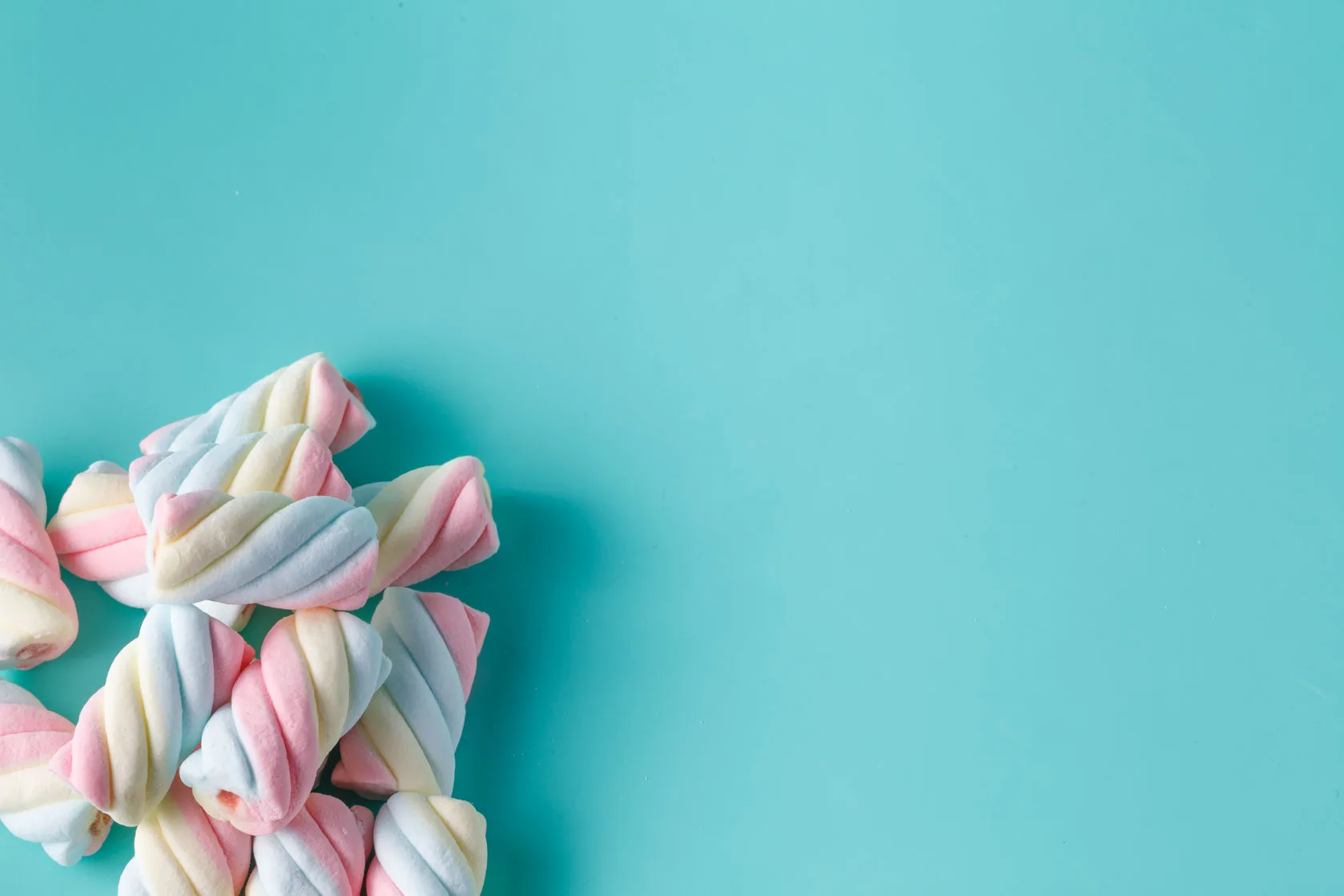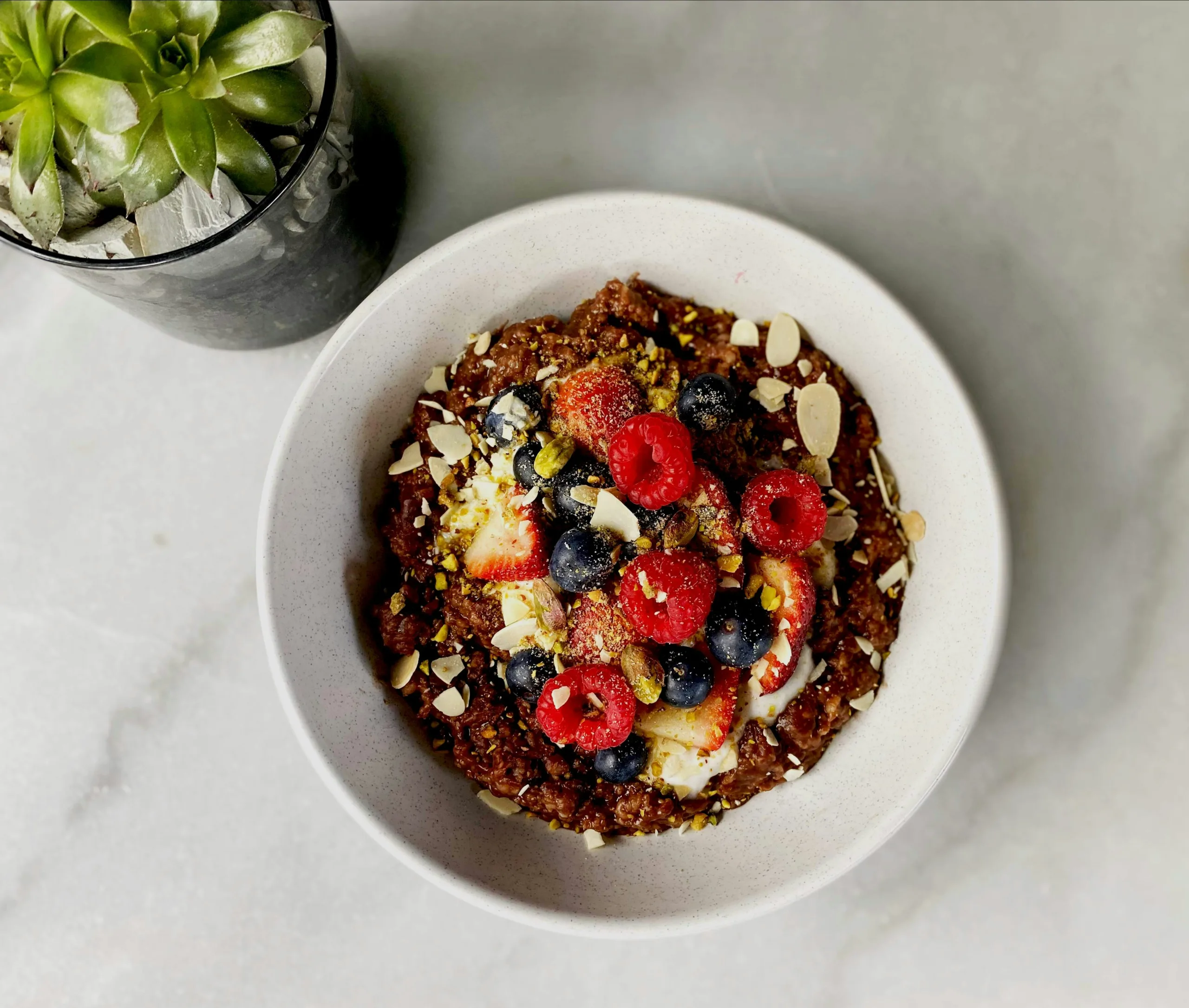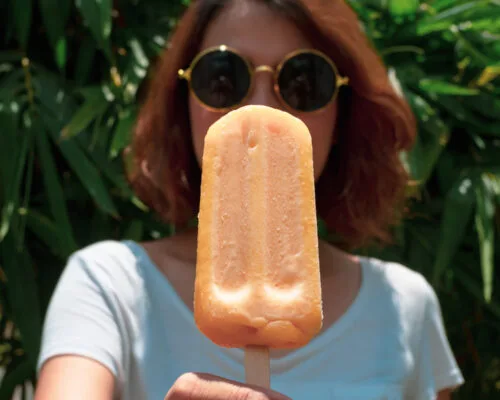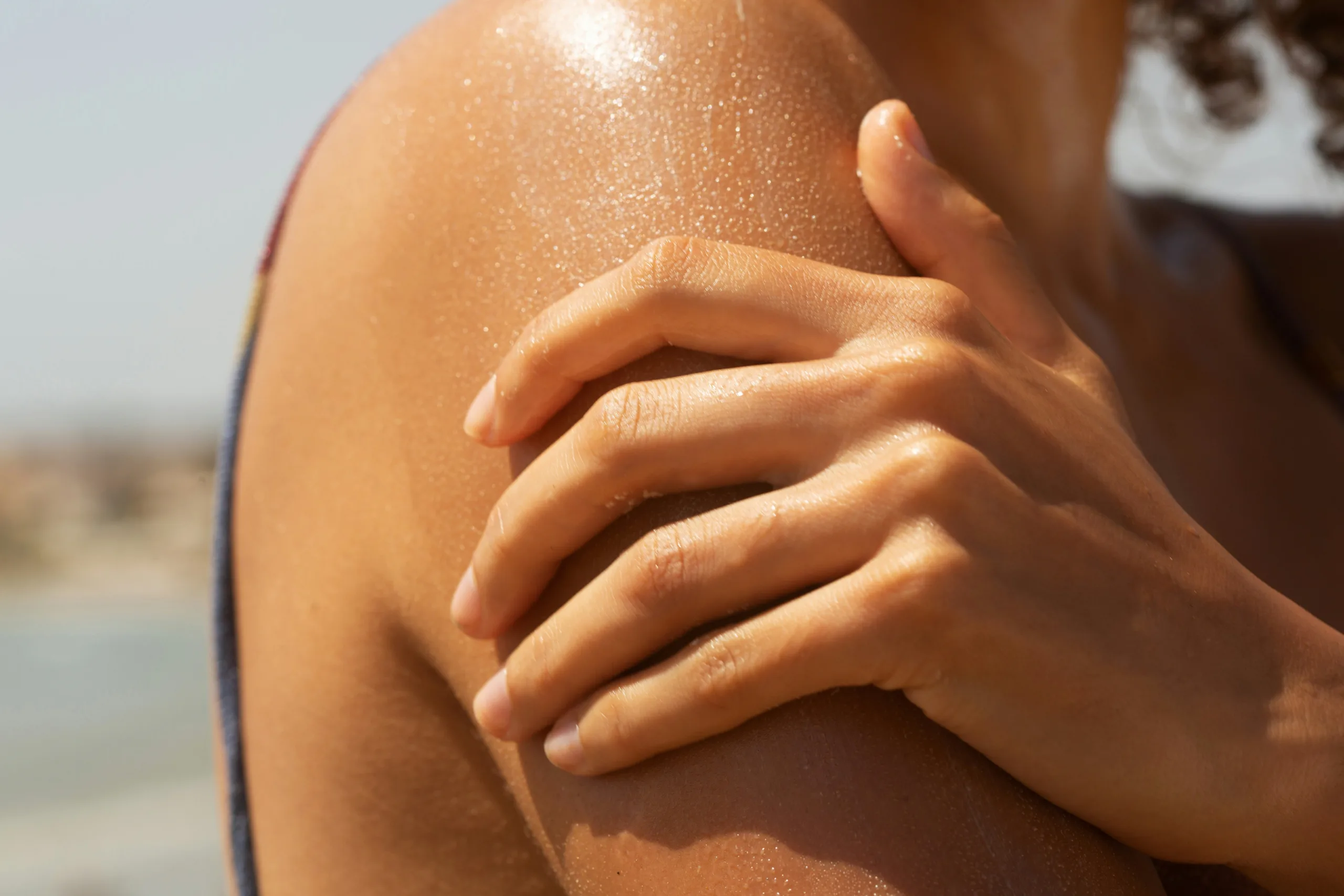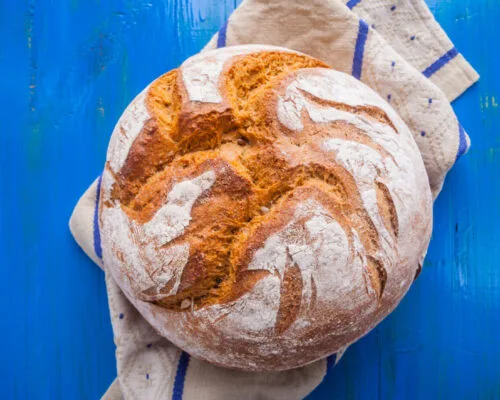Ask Keri: Is hard seltzer actually healthier than beer or wine?
Keri Says: Hard seltzer could be a great choice for you if you’re looking for a relatively low-calorie alcoholic beverage that contains less carbs than a beer and has a lower ABV than wine.
That’s the main reason they’re available everywhere and are being heavily marketed to healthy types. After brands like La Croix and Spindrift made sparkling water cool, alcohol companies jumped on the light-and-bubbly bandwagon to produce spiked versions, like White Claw and Truly. In fact, on the Truly website, everyone’s drinking from the cans in their workout clothes (which is a little much, but goes to show you how even for those selling booze, wellness is big business).
How to distinguish the marketing from the reality? Here’s what you should know.
RELATED: 5 Ridiculous Delicious Low-Sugar Cocktails
Hard Seltzer vs. Beer
When it comes to food (as you’ve probably heard!), calorie counting is not the most effective strategy. With alcohol, however, calories are a really helpful measurement. Since you’re not getting any nourishment from imbibing, it makes sense to minimize the number of empty calories you’re taking in.
With that in mind, most of the trending hard seltzers clock in at about 100 calories per 12 ounce can, which is pretty low. It’s lower than most beers, although some lighter ones like Michelob Ultra (95), Miller Light (96), and Corona Light (99) are comparable.
Hard seltzers are also generally gluten-free (not all of them, so be sure to check!), which is a plus for Celiacs and anyone with a gluten sensitivity. And they contain about two grams of carbs, which is lower than most beers (at typically between 10 and 15 grams), although, again, beers like Mich Ultra contain less than three grams.
When it comes to ABV, hard seltzers contain about the same amount of alcohol as a beer, at around five percent (I’m talking about typical beers, not a double IPA!). But, be sure to read your labels—more products are entering the market every day with higher alcohol content (like 8-9%), and that’s not a surprise you’ll want to learn the hard way.
RELATED: The Dos and Don’ts of Going Gluten-Free
Hard Seltzer vs. Wine
Wine and hard seltzer are relatively comparable. A standard five-ounce glass of wine, for comparison, contains around 125 calories (depending on the wine, that will vary). Carbs in wine vary as well, but you’ll usually be getting at least around 4 grams in a glass (compared to the hard seltzer 2 grams).
Back to the wine comparison (since I suspect many of you may have a preference for, ahem, rosé?). In terms of alcohol content, wine is usually about ten to 15 percent ABV. This means if you’re sipping a hard seltzer in the hot sun, you’re less likely to get sloshed compared to if someone keeps topping off your wine glass. And that’s a good thing. Although, see our note above—read your hard seltzer labels to be sure.
Hard Seltzer vs. Hard Liquor
I should mention that clear hard liquors like vodka and tequila are also low in calories, so if you mix either with zero-calorie soda water, you can easily have a drink that’s about 100 calories (they each contain around that amount in a 1.5 ounce pour). The difference is that the ABV is much, much higher than hard seltzer or wine. So if you’re out and are looking to have one drink to feel good, this may be the way to go. But if we go back to the sipping all day in the hot sun scenario, hard seltzer (as opposed to a mixed drink) will be a much better choice (unless you want to end up with a killer hangover).
The Bottom Line
At the end of the day, we all know alcohol isn’t good for your body. We also know it can be super enjoyable to sip on a beverage or two, and socializing is great for your health. So when you do imbibe, hard seltzer is a pretty good option in terms of choosing a drink that’s light in both calories and alcohol content. Bonus: it’s seltzer, so it will help you stay hydrated at the same time.
One thing I don’t love: Most hard seltzer brands contain “natural flavors,” which could be totally safe but could also be a nice way of saying “artificial flavors,” since there isn’t much of a difference when it comes to labeling.
If you want to be a total pro, though, try this: Pop open a bottle of that organic rosé made by the sustainable winemaker you know and love. Pour three ounces in a glass and then top it off with plain seltzer. Now you’ve got a homemade spritzer that’s as light, fresh, and pure as you can get.
(photo credit: Shutterstock)









